Description
Prabhanjanam Thailam is a Vata-balancing formula that is deeply nourishing. It is indicated for pacifying all kinds of Vata derangement in the body. Being a potent nervine tonic, it is very effective in restoring nerve function and mobility in cases of paralysis and palsies.
A competent osteomuscular system is the key to a functional and energetic body. Vata dosha is aggravated by a number of factors like faulty diet, lifestyle, climatic conditions or simply ageing. This Vata-derangement manifests as dryness, roughness, degeneration, pain and oedema in the body and loss of functionality, especially in the spine and the joints. Regular abhyanga with Vata alleviating Prabhanjanam Thailam keeps these symptoms in check. Prabhanjanam Thailam calms the body and invigorates the senses.
Quantity sufficient based on the area of application.
For self-massage, Prabhanjanam thailam should be warmed and massaged in smooth continuous strokes over the entire body, going round the joints several times.
Key Ingredients:
BALA (Sida cordifolia)
Country mallow, also referred to by its scientific name (Sida cordifolia Linn). The Ayurvedic system of medicine considers Bala or Sida cordifolia as a tonic, astringent, emollient, and aphrodisiac. The drug also forms a chief ingredient of several important formulations and preparations in Ayurveda. Internally, Bala is believed to be a very effective nervine tonic and Rasayana for all kinds of Vata disorders.
SHATHAVARI (Asparagus recemosa)
Coined as the “Queen Of Herbs”, Shatavari has been used for centuries as a hormone balancer and a general tonic to uplift female health and libido. Being a powerful adaptogenic herb, it not only relieves one from physical and emotional stress but also manages diabetes mellitus, prevents high cholesterol and triglyceride levels, and helps in the treatment of bacterial and fungal infections, oedema, infertility, depression and cancer.
SIGRU (Moringa olieifera)
Commonly known as Drum stick tree. Root bark, stem bark, leaves, fruits, and seeds are used for medicinal purpose. Leaf juice is used in conjunctivitis, and paste is applied when there is swelling around the eyes. The leaf decoction is internally taken for body ache and dysmenorrhea.
ERANDA (Ricinus communis)
All the parts of this herb have medicinal value. Castor seeds and seed oil is used from ancient times to cure disorders like rheumatism, worm infestation, and abdominal disorders. External application of this oil is used to relieve boils, furuncles, and various skin related disorders.
ASWAGANDHA (Withanya somnifera)
Ashwagandha is commonly used for stress. It is also used as an “adaptogen” for many other conditions, but there is no good scientific evidence to support these other uses. Ashwagandha contains chemicals that might help calm the brain, reduce swelling (inflammation), lower blood pressure, and alter the immune system. The root contains steroidal compounds which include the lactones Withaferin A and carbon-27-glycowithanolide, known collectively as the Withanolides. The Withanolides are responsible for the varied medicinal applications of the herb. Winter Cherry also contains a fair amount of alkaloids including tropine, pseudotropine, isopelletrine, anaferine and saponins, which impart medicinal properties to the herb.
VILVA (Aegle marmelos)
The Bael tree or Bilva (in Sanskrit) is an ancient Ayurvedic tree known for its spiritual and medicinal importance. It is one of the Dashamoola (group of ten roots) herb .Belpatra is said to have anti-inflammatory properties and can be applied on any inflamed region for quick relief. Bael is said to have anti-fungal and anti-viral properties, due to which it is used in treating a number of infections in our body.
GAMBARI ( Gmelina arborea)
One of the dashamoola roots, it effectively reduces inflammation and improves wound healing. The potent antioxidant properties help in cleansing the blood and removing dullness of skin and wrinkles.
PATALA ( Stereospermum suaveolens)
The herb is highly effective in purifying the blood. It also treats burns, wounds, reduces blisters, and provides relief from pain and burning sensation.
AGNIMANTHA (Premna integrefolia)
The extracts of Agnimantha play a vital role in improving skin glow, and texture. It prevents dark circles, blemishes, breakouts, scars left after the healing of acne, suntans, and various signs of aging and provides a natural radiance to the skin.
SHYONAKA (Oroxylum indicum)
It detoxifies the blood, cleanses wounds and helps in faster healing.
THAGARA (Valeriana wallichii)
Calms the mind by interfering with brain chemicals (GABA) that communicate information between the nerve cells in the brain. Induces good sleep and reduced stress. Indian Valerian is recommended for the treatment of insomnia. It stimulates the central nervous system and reduces spasms and anxiety. Records have shown that the herb, which grows in abundance in the temperate Himalayan regions, has been medicinally used in the 16th century to treat trembling, delirium tremens, headaches and heart palpitations.
DEVADARU (Cedrus deodara)
Himalayan cedar is very effective in neurological disorders,asthma,pruritis,infested wound.Devadaru is also effective in arthritis and headache. Deodar oil contains two major sesquiterpenoids a – and ß- himachalenes. Deodardione and deodardione are also isolated from the essential oil. The oil shows in-vitro antibacterial, antifungal and anti-inflammatory activity.
ELA (Elettaria cardomum)
Commonly used as Elaichi, it has very good antibacterial and antifungal properties. It helps in reducing inflammation. Cardamon is often given the epithet ‘Queen of spices’ as it is used to flavor food in many countries. In addition, the herb has several health benefits. The German Commission E has indicated the use of Cardamom in dyspepsia and as a cholagogue, which promotes bile discharge from the system. The herb is also helpful in treating gum and teeth infections, throat congestion and kidney disorders.
JATAMANSI (Nardostacys jatamansi)
It has a very good antioxidant and anti-inflammatory property that helps to reduce premature hair greying and hair growth. he therapeutic benefits of Musk Root have been documented in various Ayurvedic texts. The herb is recommended for combating stress and insomnia. It is also known to enhance memory and treat mental instability. Cardiotonic properties have also been attributed to Musk Root.


 Sign In
Sign In Cart
Cart 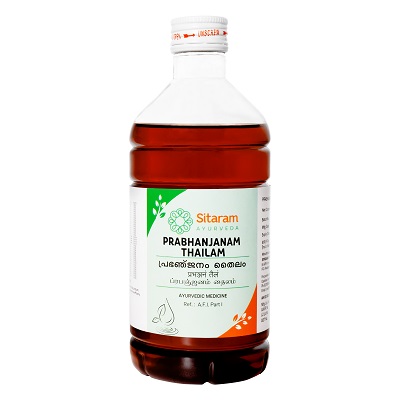
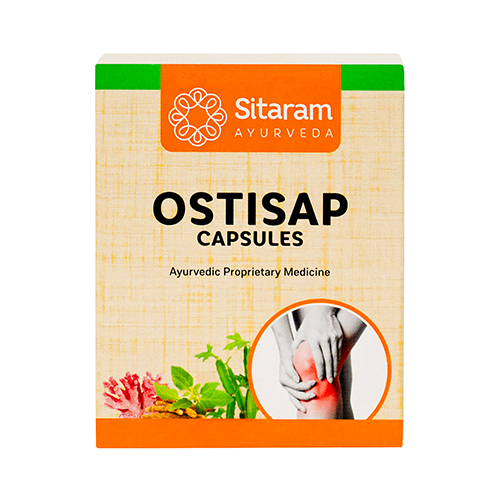
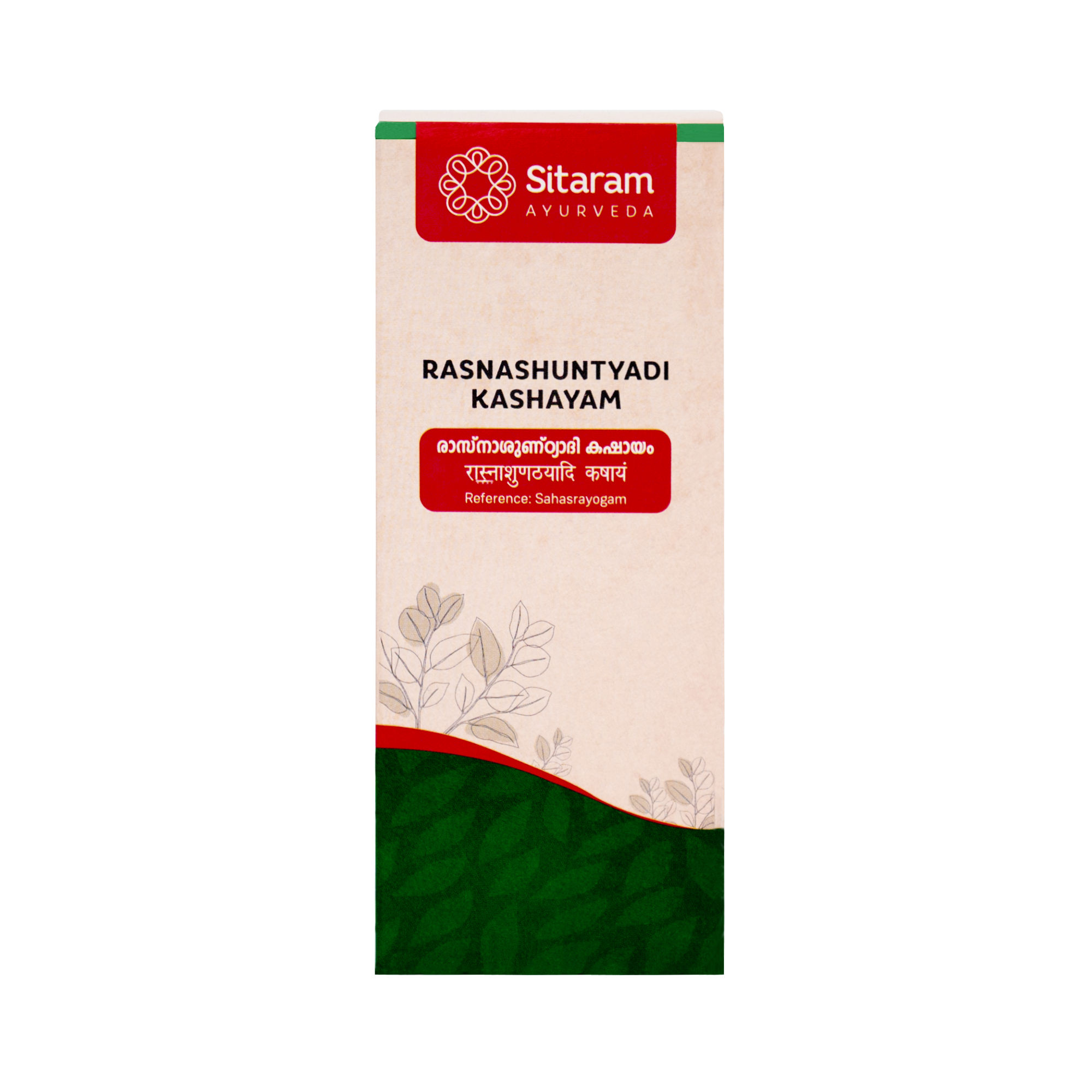
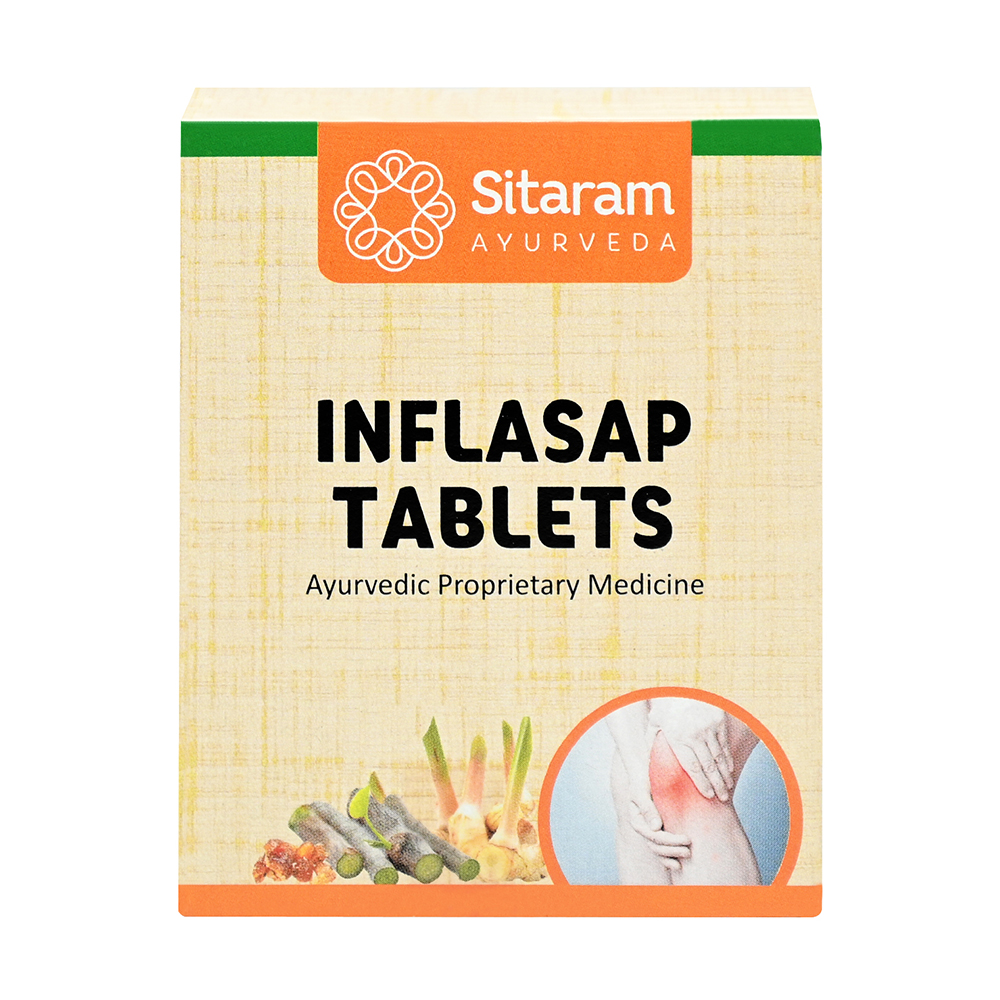
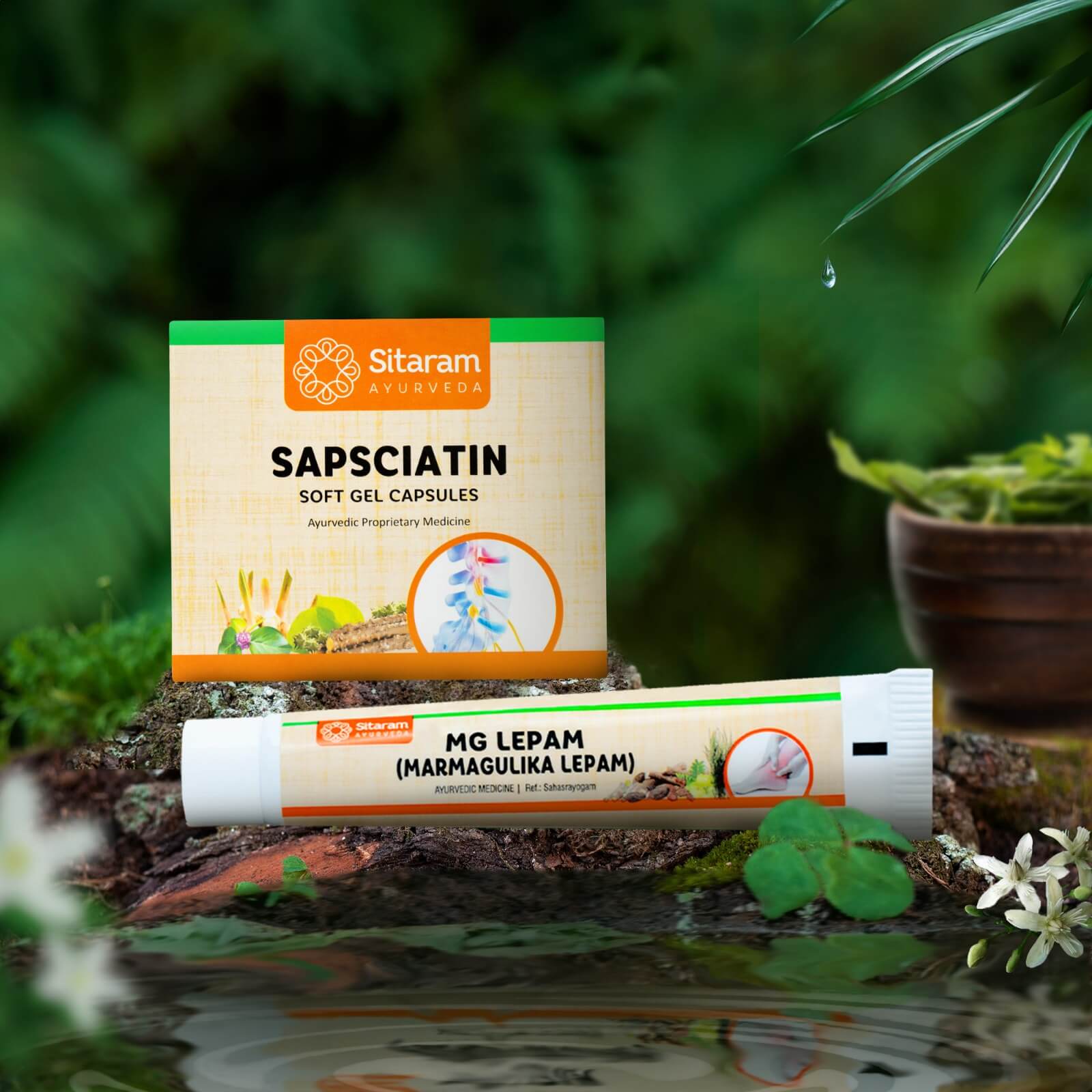
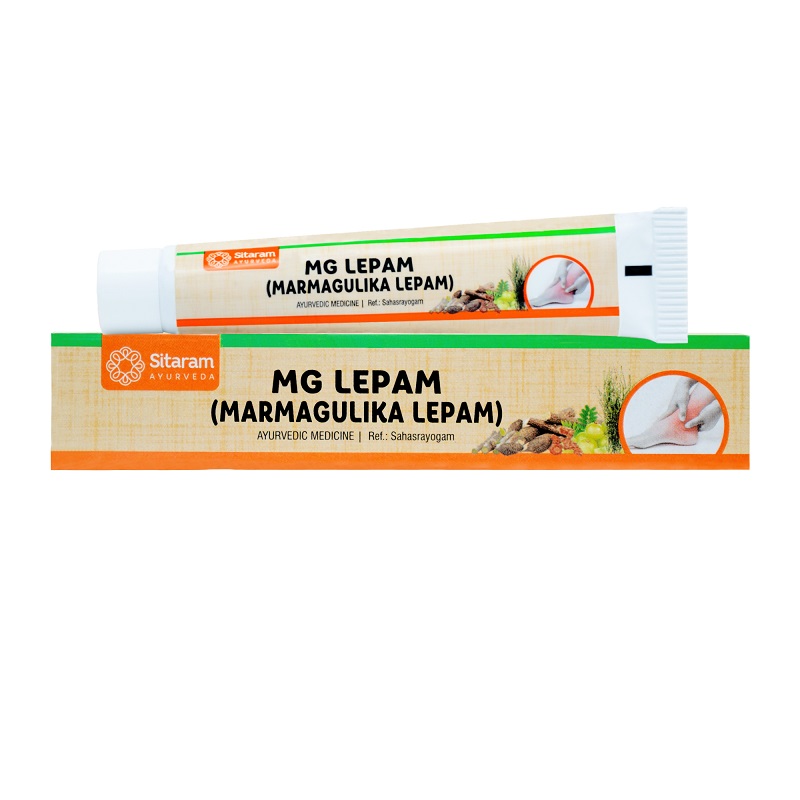
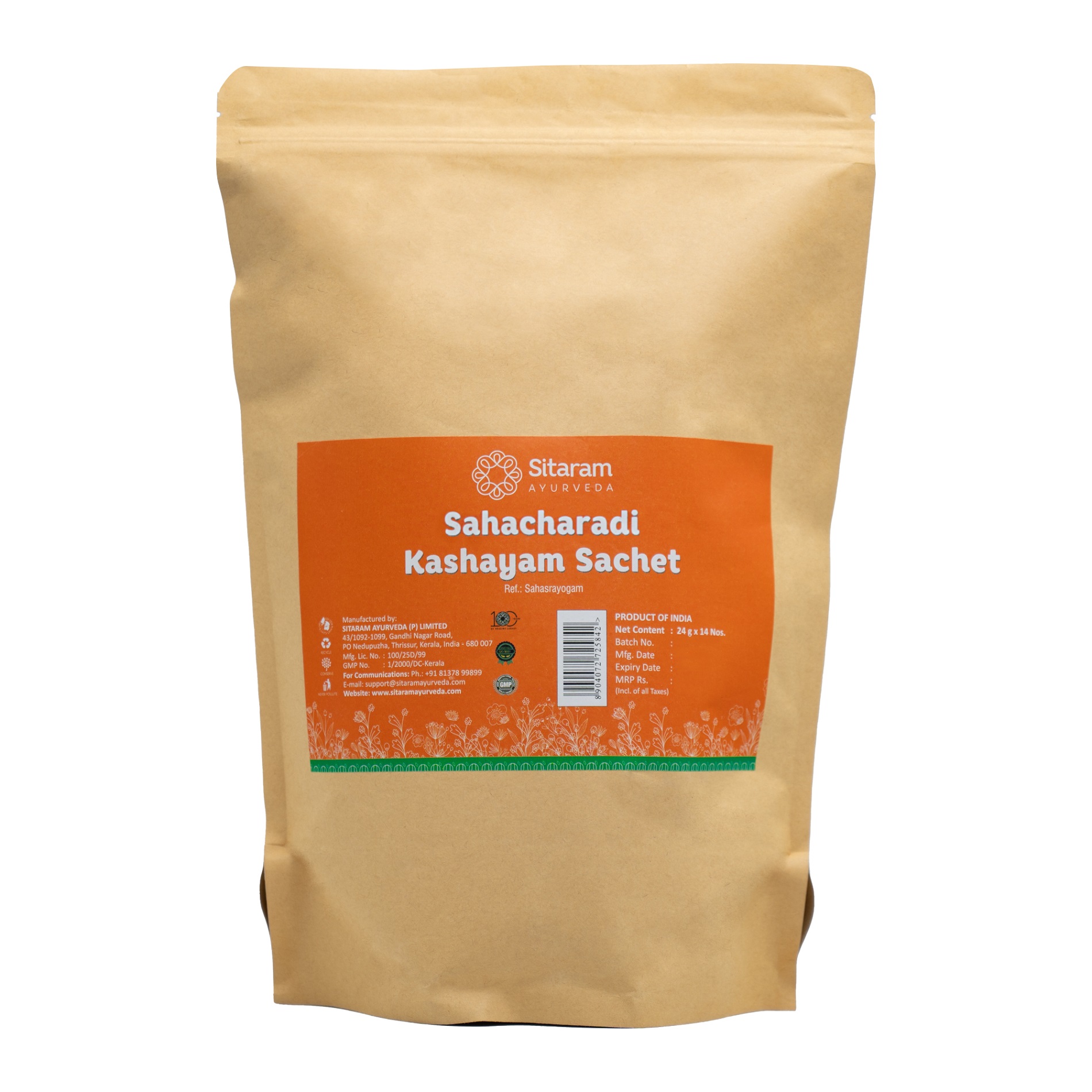
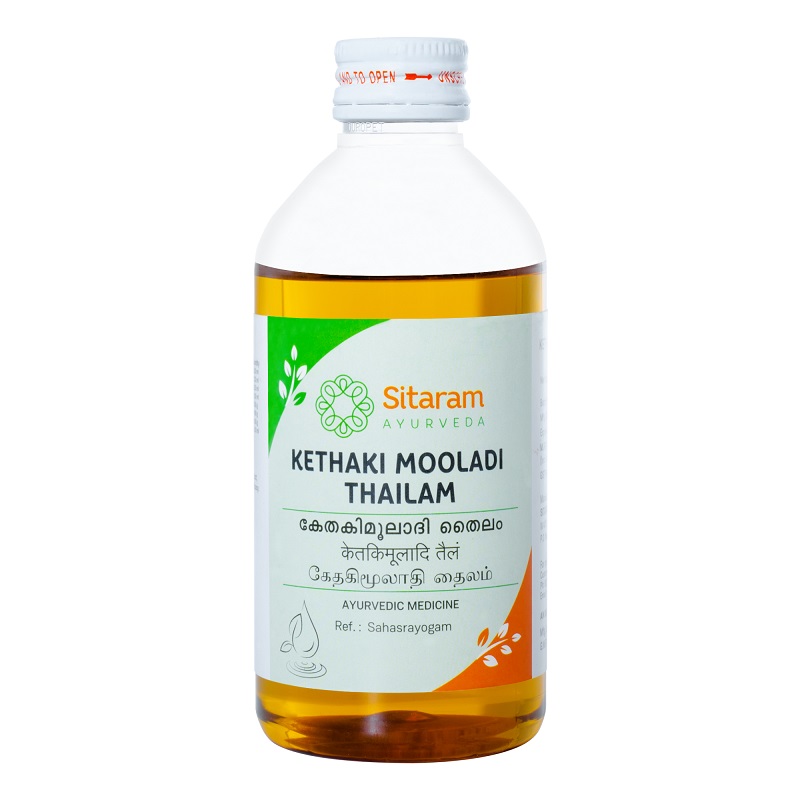
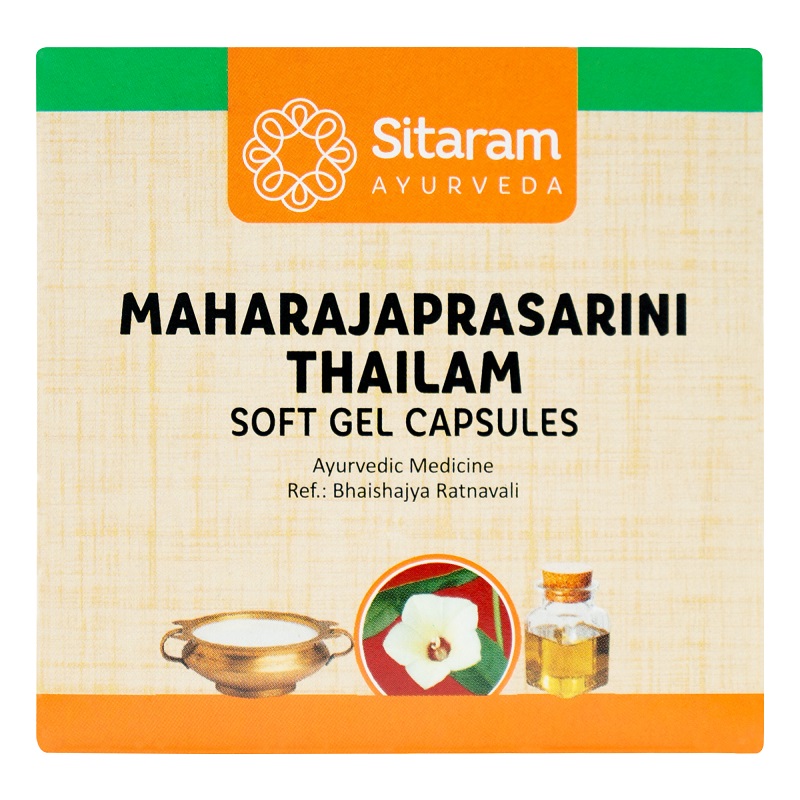
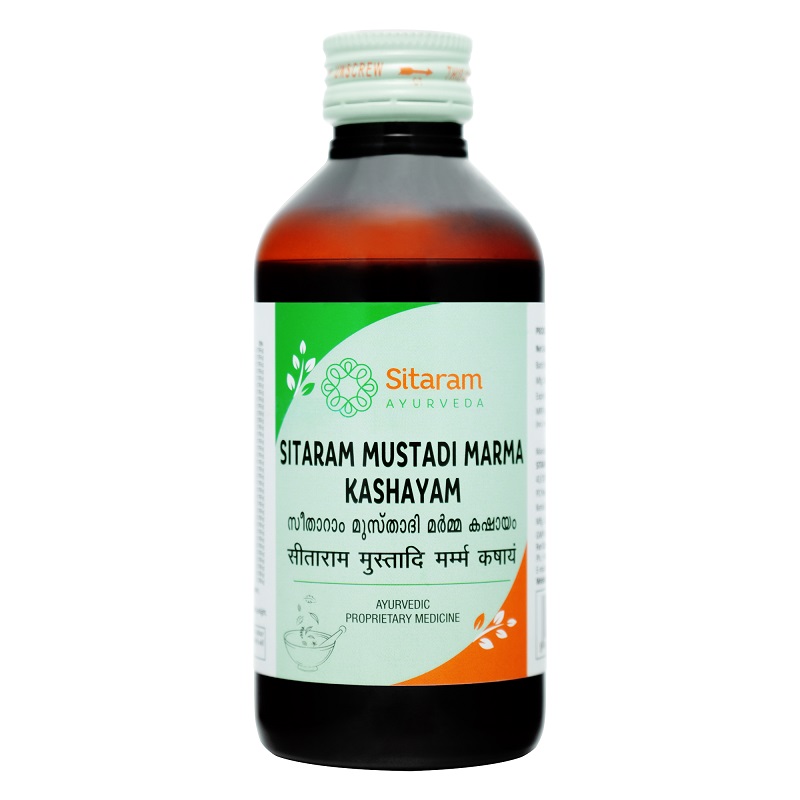
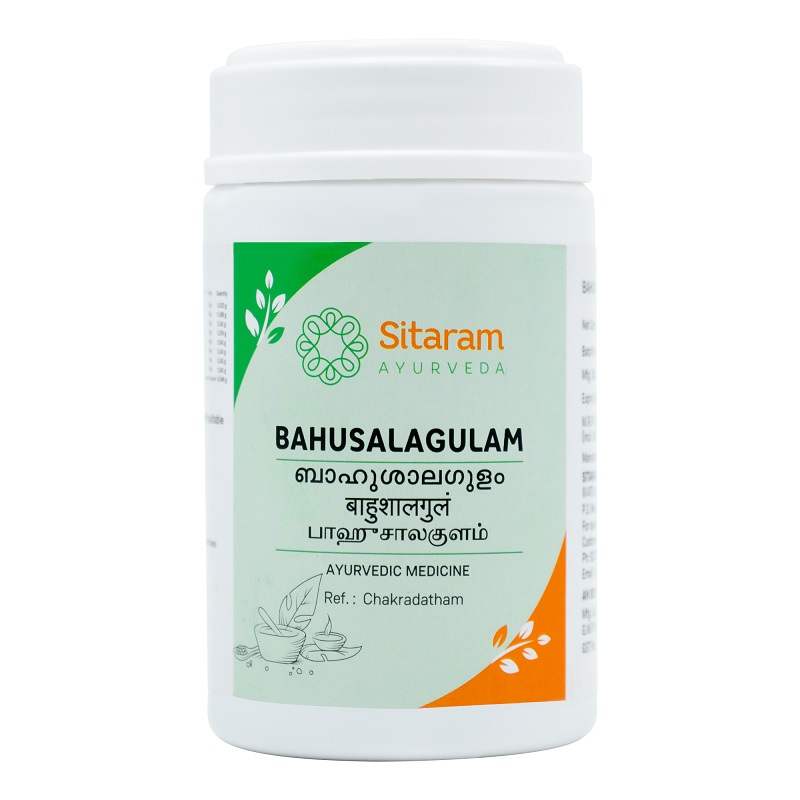
Reviews
There are no reviews yet.